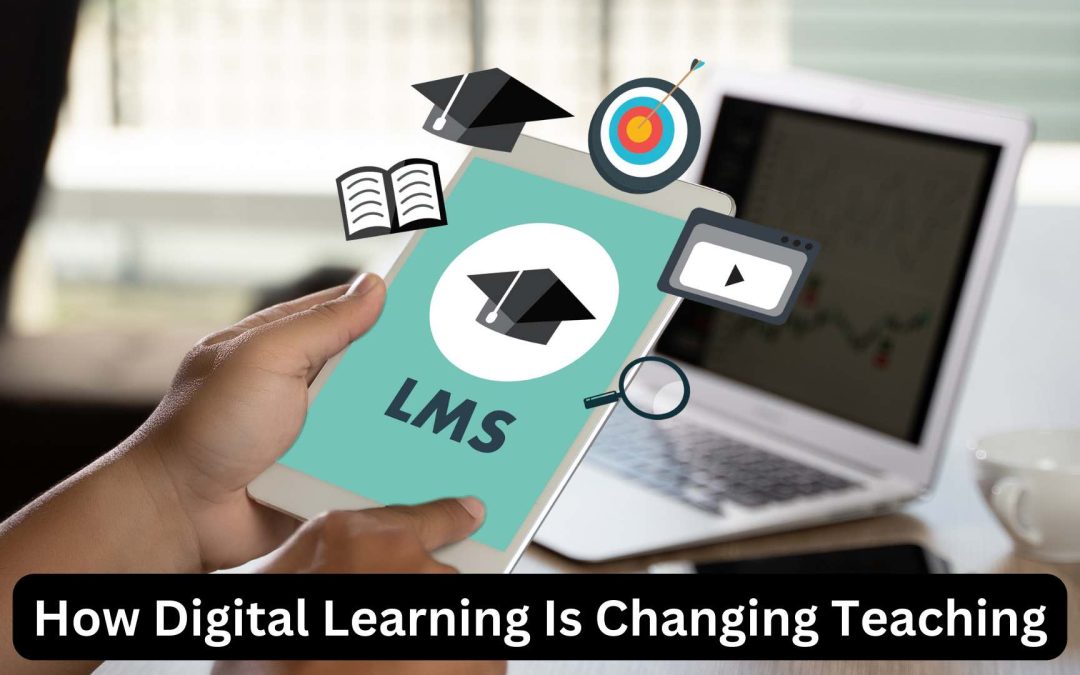We all remember our childhood school days, restless in our seats while a teacher gives a lecture. Whether it was 2nd grade or a college-level course, we’re now beginning to realize that this method of teaching isn’t for everyone. The good thing for a lot of current students is that digital learning is kicking it up a notch, in terms of providing different learning methods.
Flexibility
Digital learning makes it easier not only for the student, but also the teacher. They can teach in a different and exciting way, giving them more flexibility in their curriculum. Rather than having to gather all the tools and materials ahead of time and lecturing for most of the lesson, digital learning can break up the lesson plans with different ways of engaging the students. It could be a slideshow, a video, or an interactive quiz to give students a little more information and help them retain the studies.
Engagement
Teachers have seen a dramatic increase in engagement when using digital learning. This allows for more participation from the students on a regular basis, without calling on students to answer. Some children feel pressured, nervous, or even stressed in these types of learning situations, and refrain from answering questions as they don’t want to be put on the spot. But with digital learning, they can freely answer questions straight from their laptop or tablet, as well as read through information and follow along.
Teachers also have the added benefit of being able to track student’s learning through digital means. Certain functions and programs can track what each student is doing, and how they’re scoring. This can help teachers recognize more quickly the students who may be struggling or even the ones who need more to do!
Retention
Students also tend to comprehend the information better when using digital learning, especially if combined with some interactive activities. Digital learning can better suit differing needs of the students, and gives them a way to learn and retain the information easier. Traditional teaching methods tend to rely heavily on rote memorization, catering to one way of retaining information. But with digital learning, there is a variety of teaching methods that can help students understand the information through different channels, leading to a better level of retention.
If you’re looking into more digital learning and homeschooling options for your child, be sure to check out Homeschoolfacts.com for all the latest information!
Katie Kyzivat

